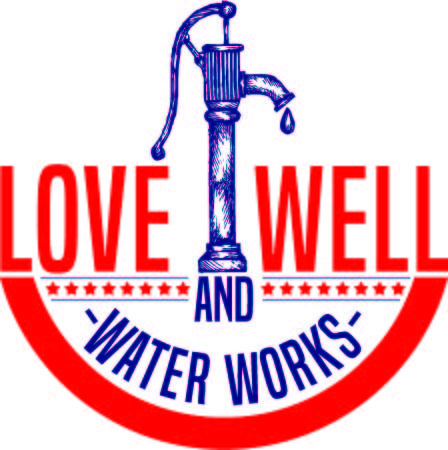Irrigation Systems: Things to Know
There are pros and cons to each irrigation method that can be used in farming, and certain methods are better suited to specific crops. Keep reading to find out about the best ways to irrigate your fruit trees, rows of crops, and vineyards with drip irrigation.
Irrigation on the Surface
Using a network of canals, dams, and furrows or basins with adjustable openings and closings, “surface irrigation” refers to a method of applying water to crops using gravity. For fruit trees, surface irrigation with basins is the norm, whereas surface irrigation with furrows is the norm for row crops. Surface irrigation is currently the most popular method of irrigation for agriculture, accounting for 85% of irrigated area worldwide.
Advantages
Surface irrigation has the greatest benefit of requiring no special knowledge or expensive equipment. Since no electrical pumps or factory-made bits and parts are required, it is also the most energy-efficient way on sloping fields. In areas with good drainage, surface irrigation methods may actually lead to water recharging subsurface aquifers. In this example, the soil structure, roots, and underlying rocks all work together to naturally filter the water.
Disadvantages
Surface irrigation is the most water-intensive method since so little of the water actually reaches the roots and instead runs off through the furrows. Because the soil’s absorption capacity decreases as it becomes temporarily saturated, applying water in bursts is the most effective method. Another major drawback compared to drip irrigation is the possibility of contamination in a vineyard, field, or orchard. There is a risk of illness spreading over the field if the water supply or plants at the top of the hill are compromised.
Drip Irrigation Systems
Sprinkler irrigation is the second most popular method of watering crops. This technique involves watering the soil from above in a circular, rectangular, or lateral pattern using hoses, pipelines, and pressured sprinkler heads. Sprinkler irrigation is one of the most flexible types of agricultural irrigation systems since the water can be sprayed down from above on flat, undulating, or sloping terrain. Water can be purified before being used because of hoses.
Advantages
Sprinkler irrigation may be used on a wider range of terrains than surface irrigation and requires significantly less water. The sprinkler head may be set to turn on and off at certain intervals, allowing the planter to optimize filtration while simultaneously minimizing water consumption.
Disadvantages
Because their trunks get in the way of the sprinkler’s spray, fruit trees aren’t the best candidates for sprinkler irrigation. Sprinkler-irrigated water is also very susceptible to evaporation since so much of it is lost when it falls off the leaves.
Small-Scale Irrigation
The most productive agricultural irrigation method is micro-irrigation, also known as drip irrigation. Soaker hoses, pipes, timers, and even sensors are used to provide water directly to the soil around the plants’ roots. The sensors report back to a control center, which then decides whether or not to run the pumps based on the soil’s moisture content. This method achieves the greatest accuracy while simultaneously requiring the least amount of water.
Advantages
Drip irrigation is a more efficient method of watering a vineyard or orchard than the traditional basin-and-furrow method. Because the water is delivered individually to each plant, this method also helps stop the spread of disease. If liquid fertilizers are used, they can be diluted with irrigation water and applied to the soil at the appropriate rates.
Disadvantages
Micro-irrigation is the most expensive and advanced form of agricultural irrigation, surpassing even sprinklers in terms of technology and initial investment. Using sensors and computer programs also involves a learning curve in terms of technology. The farmer may calculate the moment at which the system pays for itself by comparing the initial investment with the time and water savings during its useful lifetime. There should be a quick return on investment for an irrigation system in a big, water-poor area.
A field of seedlings being watered by a sprinkler and hose system.
Contact us at Love Well and Water Works today to get professional help choosing the irrigation systems for your needs! Our professionals have all of the knowledge to help you make the best choice.
